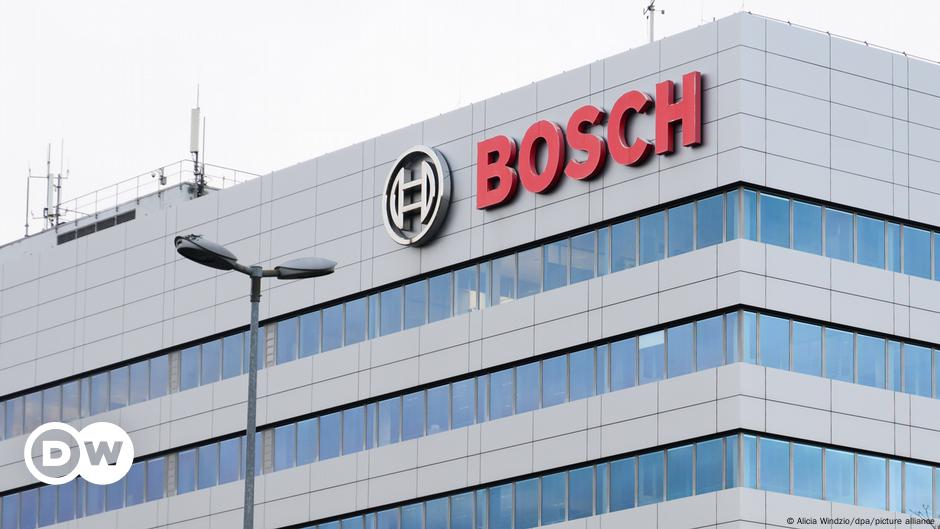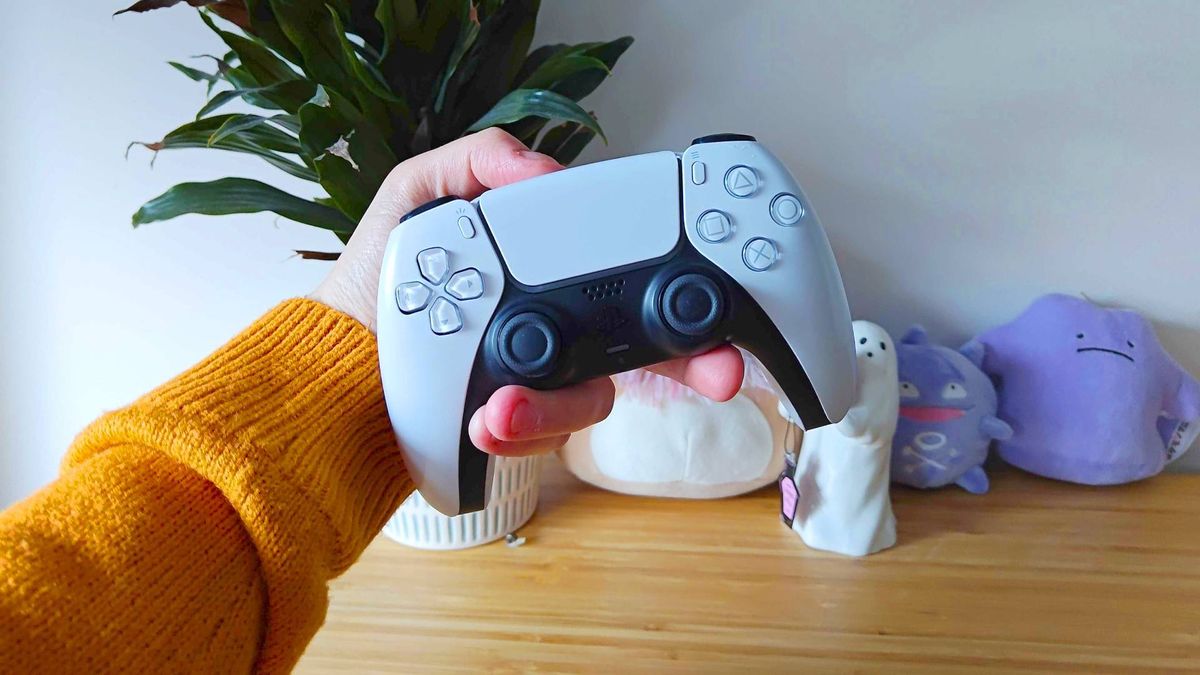Fashion
Malavika’s Mumbaistan: Fashion’s Empress

It’s good to catch up with the fashion world’s unrivalled empress at her artsy-airy SoBo apartment, over an early morning coffee. Even better that we’re both in our joggers and tees and unmade faces. After all, fashion stylist, costume stylist, lifestyle consultant, creative director Anaita Adajania is to the current fashion world what SRK is to Bollywood or Taylor Swift to pop.
Styling mega stars and mammoth movies; directing eye-ball grabbing editorial shoots; generating flashbulb moments for international red carpet appearances; advising billion dollar heiresses on their sartorial choices for big ticket events and orchestrating advertising shoots by the dozen… The fifty something mother of two, who is married to producer director Homi Adajania (Cocktail, Finding Fanny, Murder Mubarak etc ) is a veritable industry all on her own: one of the most sought -after and authoritative names in her field and an influencer with a Capital Eye.
So it is refreshing to see her in her off duty, undercover avatar, awaiting the arrival of her 2 assistants to report at 11 in order to plan the day’s hectic activities ahead.
We are here to talk about Adajania’s prodigious work and influence, but also about Mumbai and its fashion ‘fundas’ and how it might have influenced her and informed her approach and outlook.
***
Ah Mumbai Fashion over the years: Bob Cuts and Sleeveless blouses. The Air India look and Pierre Cardin- designed churidar kameezes. Anne French, Leela Lace. Radical Chic and Jhola bags. Cottage Industries and Handloom Kendras. Colaba baubles. Ritu Kumar and block printing. Bhanu Athaiya. Femina and Eve’s Weekly. Jeannie Naoroji and Shanti Chopra. The opening of Ensemble. Abu Sandeep and The Anarkali look,
Manmohan Singh’s Liberalisation. Suneet Varma corsets worn as saree blouses. An Open Economy. Forex to travel and buy. Elle, Verve LV, Burberry, Mont Blanc, Chanel/Dior/Ferragamo .
CNN, BBC, Star TV, Bunty and Babli kurtis. Manish Malhotra’s cocktail sarees; the Runway as a launch pad. Aishwarya Rai and Sushmita Sen.
International airlines opening shop. Lakmé Fashion Week. Stars and Showstoppers. Bombay Times and Page 3. Jeans, Ts, and boob tubes The Internet. Google. Broadband. Smart Phones. Social Media
Mumbai fashion percolating to Tier 3 and Tier 4 towns
The Proliferation of Indian TV channels.
Giant Indian brands like Nykaa and West Side. Serious regional players.
Fast Fashion: Zara, Mango, H&M.
Reliance and Aditya Birla in the fray.
Huge regional unbranded players. Fashion is the great equaliser.
30 years of economic growth
The Big Fat 5 -event Indian wedding
5 events. 5 outfits. Shoes, Bags, Jewellery.
Brand name or Bust. The Bride and her posse. The Groom and His Bros. Pyjama Parties. Bollywood Night. Outfits for everyone.
Enter Sabya. Destination weddings. Resort wear. Planners.
One- use bling. Blur. Fungible Fashion. Red carpet looks. Silver sequinned capes. Red satin gowns. Sheer ruffled floral backless, deep V-neck scalloped mermaid-style skirts. Transparent bodice, The twin coming of Orry and Urfi. Paparazzi. Airport Looks. Smart Caz parties
A $130 billion business.
***
Adajania, the quintessential Mumbai girl, from Colaba and a graduate of The Bombay International school and St Xavier’s College, was born to stylish parents and a well-heeled clan. (Tarun Tahiliani is supposed to have once affectionately described her as ‘a Colaba girl who loves nothing more than a frock’.
Her evolution to her current status as Empress of Style has been informed by stints in advertising, (she worked in film production company), modelling and Bollywood (a couple of walk on parts in mainstream cinema) followed by spells as fashion director at a slew of international fashion magazines like Elle L’Officiel and Vogue that had set up shop in Mumbai. Along with a handful of influential and visionary editors of those titles she is responsible for guiding Indian fashion and styling to its current look, though mercifully her approach has been refreshingly free of Western big brand influences, distinguished by a timeless and contextual relevance. It is this unique sensibility that sets her apart.
“It’s all in the mix so” she says “if you see my work, it’s always mixed. High-end with low end, Established designers with unknown, new talent. It’s all about pushing new talent so that they become established; for me the excitement is taking elements from brands that people don’t even know that they love yet, till I show it to them and then pulling it all together. I love discovering new brands, new labels and a new mood as well. I’m always keeping my eyes and ears open to see what’s happening around me And never thinking a brand is too big or too small to put into the mix.”
And would she say growing up in a fashion forward Mumbai has anything to do with this POV?
“I think more than growing up in Mumbai it is growing up around people who shaped my style and fashion. I’ve always borrowed from people around me; my parents and grandparents were all very uniquely stylish in their own way. And also my friend -in a movie for instance, you’ll find someone who looks exactly like my friend because I shamelessly borrowed their look to create a character. Also it’s something about the easy, laidback, casual style of Mumbai which is very much who I am. I find it hard to ‘ dress up’ myself ” says the lady who has handled more tulle ball gowns than you’ve had hot vada paos.
“And that’s why I’m happy I live in Mumbai. I enjoy that freedom. I think we are more eclectic and more individual in our style here. That is what I love about the city.”
So do we Anaita, so do we.









